Desirable scope of the EC Financial Collateral Directive
Introduction
Financial collateral is of particular importance for financial transactions both in an international and a European level, as it is the most common and most accepted technique in an intermediated system for managing large credit risk. During the last decade and due to the emergence of the intermediated system the use of financial collateral in international financial markets has grown rapidly. The main reasons can be identified to the largest ever use of bond markets and its derivatives, the development of settlement and payment systems, and the weight gained by the insured acts on central banks. This financial collateral technique created the opportunity for the financial institutions to reduce their exposure to the risk of insolvency of their counterparties.
On completion of a legal European framework consisting in particular of Directive 98/26 /EC on settlement finality in payment and financial instruments settlement systems, as well as Directive 2001/24 / EC on the reorganization and winding up of credit institutions, Directive 2001 /17 / EC on the reorganization and winding up of insurance undertakings and Regulation 1346 /2000 /EC on insolvency proceedings, The Directive 2002/47/EC of the European Parliament and of the Council 6 June 2002 on financial collateral arrangements (Hereby called Financial Collateral Directive) was adopted. The present essay deals with the substantive law of the Financial Collateral Directive and more precisely concludes whether this wanted or wished to be useful, or necessary course of action in a European Community scale fulfilled its desirable scope.
Main objectives of Directive 2002/47/EC
As a result of the financial crisis, in which the financial collateral transactions played a pivotal role a legal framework that governs payment and securities introduced certain regulations that make safer the position of “lenders” and also the offers the facility to raise funds from businesses through collateral shares. While companies are often cautious to decide which forum/ institution to choose to conduct their transactions, there is no doubt that this will always depend on the offered investment incentives. Consequently, the states try to create competitive conditions by establishing legal frameworks oriented to the needs of trade. Towards this effort are the provisions of the Financial Collateral Directive too. Therefore, and in order to contribute to the consolidation and economical operation of financial markets and to keep the stability of the financial system of the European community, by strengthening in this way the freedom to provide services and the free movement of capital in the single market of financial-economic services, the 2002/47/EC Directive on Financial Collateral arrangements created a Community regime for the provision of securities and cash as collateral under both the form of collateral and under the title transfer structures including repurchase agreements.
Scope
The Directive’s rationae personae scope includes traders in financial wholesale markets but it provides that Member may exclude from the scope of this Directive financial collateral arrangements where one of the parties is a person outside the financial sector. Many countries chosen to not make use of the exemption option for entities outside the financial sector, as it was considered that it would create a competitive disadvantage for legal entities seeking to raise capital from other European markets. Furthermore, the regulatory scope of the Directive covers both domestic and cross-border transactions in which security is used, since both parties are in the community. As regards the ratione materiae scope, the financial collateral must consist of cash or financial instruments. The Directive provides scope for Member States to exclude from the scope of the financial bitumen consisting of shares of the same issuer, shares in affiliated undertakings and shares in undertakings whose exclusive purpose is to own means of production that are essential for the work of collateral or to own real estate. Article 1 of the Directive determined the scope rationae personae and rationae materiae. Furthermore it explicitly states This Directive applies to financial collateral once it has been provided and if that provision can be evidenced in writing. These can be in writing or in any other legal way. Article 2 contains the definition of financial collateral arrangements which are regulated by law as well as other necessary definitions. Here it is clear that in order to limit the administrative burdens, the only condition in the law are: The financial collateral to be delivered, transferred, held, registered or established.
The subjective scope of the financial collateral directive according to Article 1 is that the collateral taker and the collateral provider must be, among other circumstances a public authority who is authorized to hold accounts for customers, a credit institution, national central bank (European Central Bank, BIS, International Monetary Fund, European Investment bank etc.), Financial institution, or a central counterparty, a settlement agent or clearing firm and any legal person, provided that the counterparty is one of the aforementioned establishments.
With the arrangements introduced by Article 3, the procedure simplified for both financial collateral under the agreement a real security and in the framework agreement transfer of collateral. For the training agreement valid financial security is not necessary to meet any particular type or a particular mode. The only condition required is the agreement to be certified in writing in order to ensure traceability of safety and to avoid the possibility of fraud.
Directive 2009/44/EC
Directive 2009/44 /EC, brought significant changes in the already existing legal framework of financial collateral arrangements. According to the currently applicable legal framework the law which is related to the financial collateral arrangements is provided under the Directive 2002/ 47/ EC where cumulative the collateral is (a) among other public authority, credit or financial institution and (b) the collateral is a legal person and in fact any form. In the letter of the law is not excluded even the face of which grants him financial security by a third party collateral and be natural. The object of collateral should consist- limiting – in cash, financial instruments or credit claims.
The types of collateral taking the firstly the form of providing financial security for title transfer: According to this financial security the ownership title which may be carrying (evidenced by entries in a register or account) or it may be uncorrected for the purpose of securing or otherwise covering the performance of underlying financial liabilities. Essentially it is a fiduciary transfer of ownership of securities by way of security. In continue the collateral can take the form of a real financial security: With the interest a financial collateral arrangement the borrower gives the taker (bank) or pledge or other equivalent limited in their applicable law lien on the provided financial collateral with the purpose of securing or otherwise covering the smooth execution the underlying financial liabilities. In this case, the ownership or the right on collateral remains with the collateral in the establishment of in rem. This form of financial security occurs particularly often in banking practice because of the possibilities in the credit institution in case of debtor default.
The major change introduced by Directive 2009/44 / EC concerned the establishment of the informal agreement for a security. The informal character of certainty regarding its establishment does not establish the possibility of receipt of any form. Specifically, the certification is accepted in writing or by any other legally equivalent manner, for example by electronic means.
Another important change introduced by n. Directive 2009/44 / EC in relation with the Directive 2002/47/EC concerns the liquidity of the security object (e.g. shares, bonds, etc.) even if the cleanup process has begun or continued or reorganization measures in respect of the collateral provider or collateral taker. As a consequence of the above it is considered that the realization of security remains unaffected even by the suspension of individual prosecutions due to bankruptcy. Furthermore, the liquidation of the collateral (e.g. a pledge on shares) it is not required nor enforced (e.g. payment order) and the possibility of any court to get involved in order to provide authorization or to issue check for payment and imposition of seizure, does not exist. Therefore if the collateral taker is not complied with its obligations as specified in the collateral agreement he or she cannot in any way prevent or inhibit by collateral provider (the bank) the liquidation of the collateral for immediate satisfaction in such claims. However, the collateral provider may be protected if they can show that the collateral taker has acted in breach of Article 7 paragraph (a) of the 2002/47/EC Directive on Financial Collateral, when the realization and valuation of collateral be conducted “in a commercially reasonable manner.” Because of this peculiar legal framework, it is absolutely necessary to protect the debtor – collateral by adding the relevant collateral agreement, prior to this signing, the right conditions – the collateral protection clauses.
Conclusion
The financial collateral regulations came into force in 2003 as a result of the EC Directive in 2002. In 2010, Gray and others v G-T-P Group Limited and in 2012 the Lehman Brother case were two recent case that threw into confusion some aspects of the interpretation of the Financial Collateral Regulations and raised various issues that indicate the path towards its desirable scope of Financial Collateral Directive. This high profile case `concerned an affectively floating charge over cash and raised issues whether a collateral taker could take possession over cash. The judge’s ruling was that a collateral taker could not have possession over intangible assets and that the collateral taker could only have control over it. It was when various commentators begun to doubt, whether or not a floating charge qualifies as financial collateral arrangement. In a different example, in Lehmann Brothers case the key issues among others was the application of the Financial Collateral Arrangements (No 2) Regulations 2003 to a security over financial. In this remarkable judgment the court articulated on issues such as what constitutes delivery, and or possession in control. After Lehmann brothers case the floating charges qualify under the Financial Collateral regulations. Firstly the amendment regulations adjusted the definition of the financial collateral arrangements such as giving the collateral provider the right the substitute or withdraw collateral. However Lehmann brother’s case helped us to get a little bit further than that. It was held that in the case of disposition of the relevant collateral into the hands of the collateral taker it is what the court considered as the key test to demonstrate possession.
Due to the complexity of the intermediated systems and the diversity of the different legal systems within EU, the necessity of the creation of a uniform set of rules governing the Financial Collateral arrangements was always the case. There is no doubt that the relevant rules of the Financial Collateral Directive as were amended, such as the provisions that are related to the protection of netting structures, the provisions of the creation and enforcement of collateral, the limitation of formalities, as well as the right to use indicate the remarkable steps and efforts towards the ultimate goal, which is in other words the desirable goal of the harmonization of the Financial Collateral Arrangements as a mitigation technique with a vital role to the operation of the financial system and the stability of the financial markets. However those rules although that in theory appear to limit the systematic risk inherent in such systems stemming from the fact of the various different influence of several jurisdictions in relation with financial collaterals, in practice are likely to favor States with a strong financial sector.


